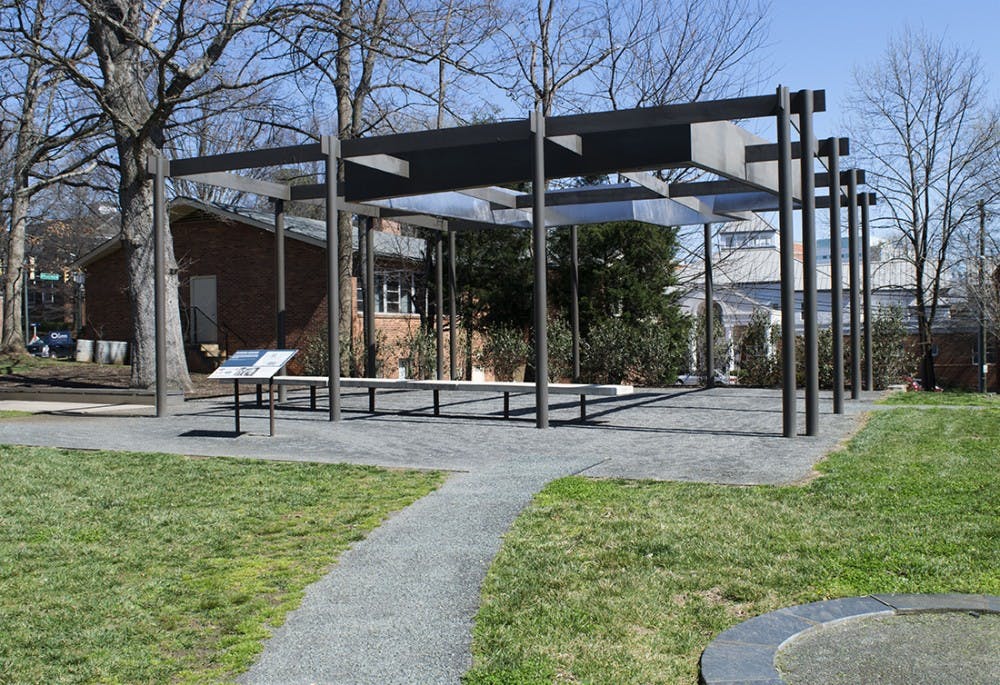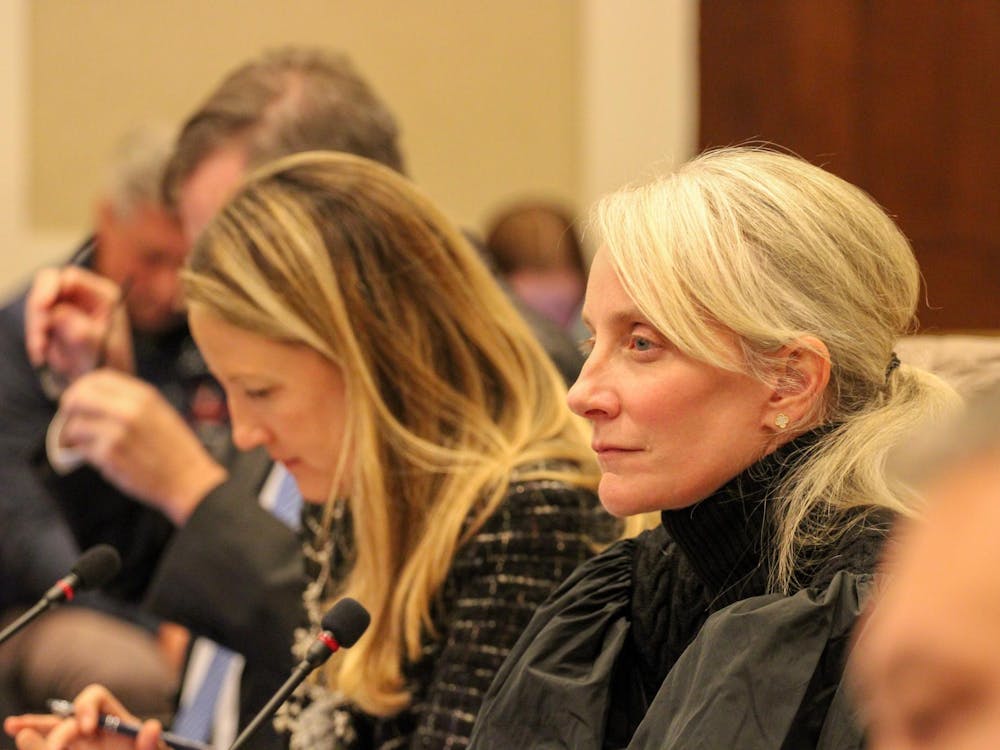An archeological site located on Grounds was recently added to the Virginia Landmarks Register.
The three-quarter acre site is the former property of Catherine “Kitty” Foster and housed a free black community during the early years of the University.
Foster purchased the property — which was originally over two acres — in 1833. A free black woman, Foster worked as a seamstress and laundress for University professors and students. Her descendants owned the land until 1906.
An archaeological team uncovered unmarked remains in a coffin in 1993. Further excavation revealed a total of 32 graves, including Foster’s and her descendants.
The community hosted at the property was known as the Venable Lane Community, or sometimes “Canada,” a derogatory nickname used by early students and faculty to denote something “geographically close but culturally foreign,” Tori Travers, a third-year Batten student and University Guides historian, said.
After the Rotunda fire of 1895, Old Cabell Hall was built for extra classroom space and was strategically built to block the community from sight on Grounds, Travers said.
“When we talk about Old Cabell Hall and its inception, we talk about how it was used as a space to physically wall off a whole population of people,” Travers said.
University Senior Historic Preservation Planner Brian Hogg said the Foster house was demolished in the early 20th century by the then owners of the property in anticipation of its redevelopment. A residential home was built on the site in the 1920s and was torn down in 2009 during construction for the University South Lawn Project.
Foster’s house — which existed before the 1920s era residential building was constructed on the property — was honored by a nearby gravesite and an outdoor metal structure which casts a shadow representative of her home.
“The shadow catcher was designed to evoke the presence of the Foster house and household,” Hogg said in an email statement.
In 2011, the University hosted an event to dedicate the small park at the Foster site and remember the Canada community.
Randall Jones, Virginia Department of Historic Resources public information officer, said the University also installed interpretive signage around the site.
“It is important to the University as a part of its history and development over time,” Jones said. “And it is important for people to know about the African American history, which is everybody’s history,”
Jones said the department worked in collaboration with the University Preservation Planning Office to get the Foster Site nominated for the Virginia Landmarks Register and the National Register of Historic Places.
The site is still pending with the National Park Service for the National Register, Jones said.
Correction: This article previously stated the Foster home was demolished in 2009.







